Applied Mathematics and Computational Sciences
Bringing computational engineering into the fold
An interactive computational tool opens new possibilities for "developable" surfaces.
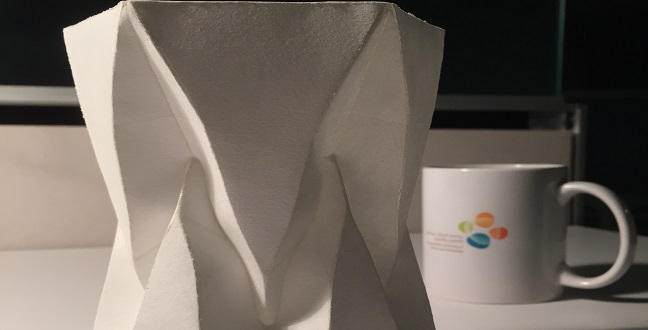
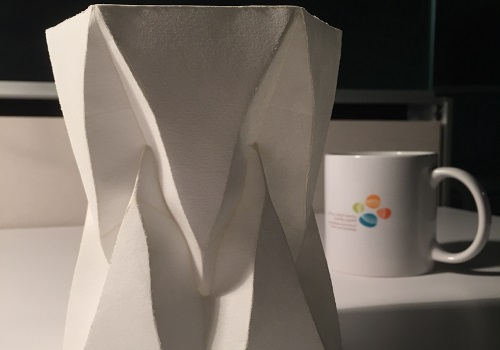
A freestanding folded structure made from a single sheet of paper demonstrates the software’s applications.
© KAUST
Challenging current perceptions of folded design, KAUST researchers have developed an interactive computational tool that allows users to design the most complex sculptures from a single sheet of material1.
“Our goal was to develop a computer-based tool for use by architects, engineers and designers for architectural, industrial and artistic designs based on what we call developable surfaces—surfaces that can be flattened to a plane without tearing or stretching,” said lead researcher Helmut Pottmann from the University’s Visual Computing Center.
As an industrial design concept, developable surfaces are naturally suitable for a range of sheet-like materials including glass, plastic and metal. They include design elements such as curves and curved creases that allow for remarkably complex sculptures.
The multidisciplinary team, which included experts in the fields of geometry, optimization and programming, studied the geometric conditions that allow simple developable “patches” to be merged to form composite developables and even curved-crease surfaces, including curved origami.
Their next step was to translate the geometric conditions to mathematical constraints, encode the mathematics in software and add an intuitive, interactive interface that allows the design to be manipulated in real time.
“One of the major technical challenges was how to formulate the constraints so that a smooth surface could be developable,” noted lead author and KAUST Ph.D. student Chengcheng Tang. “Our novel approach is based on a simplified formulation that has the precision and smoothness of spline-based methods for defining smooth curves and surfaces, but also the flexibility and interactivity of mesh-based methods.”
These analytical solutions enable developables and curved-crease structures to be designed interactively and in a completely general way for the first time. To achieve this, the researchers invoked a “guided projection” iteration-based procedure that can rapidly solve the large systems of nonlinear equations involved in modelling a curved developable surface. The resultant tool can be used to model true curved-crease structures as well as to solve practical modelling problems, such as the approximation of a reference shape using composite developables.
“We believe that good architectural or industrial designs should be functional, aesthetic and constructible,” said Pottmann. “We want to develop computational design methods incorporating physical, geometric and aesthetic considerations at the same time while providing sufficient degrees of freedom for the designers to achieve their design intention.”
To broaden access to their computational design methods, the researchers hope to collaborate with companies that could incorporate such computational tools into commercially or publicly available design software packages.
References
- Tang, C., Bo, P., Wallner, J. & Pottmann, H. Interactive design of developable surfaces. ACM Transactions on Graphics 35, 2. (2015).| article
You might also like

Applied Mathematics and Computational Sciences
Realistic scenario planning for solar power

Applied Mathematics and Computational Sciences
Bringing an old proof to modern problems

Applied Mathematics and Computational Sciences
Accounting for extreme weather to boost energy system reliability
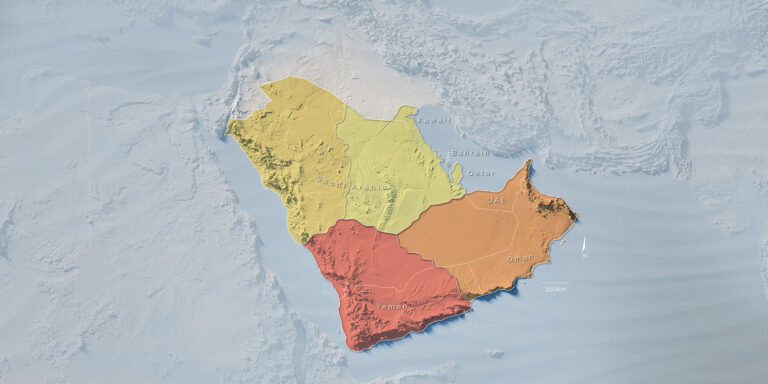
Applied Mathematics and Computational Sciences
Past and future drought patterns across the Arabian Peninsula
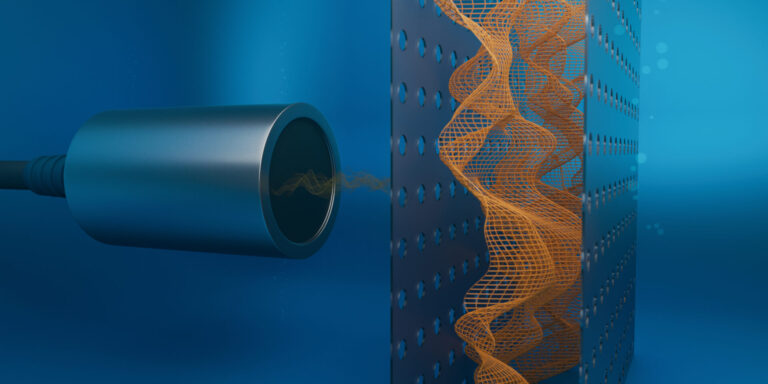
Applied Mathematics and Computational Sciences
New pattern for underwater resonators

Applied Mathematics and Computational Sciences
Finer forecasting to improve public health planning
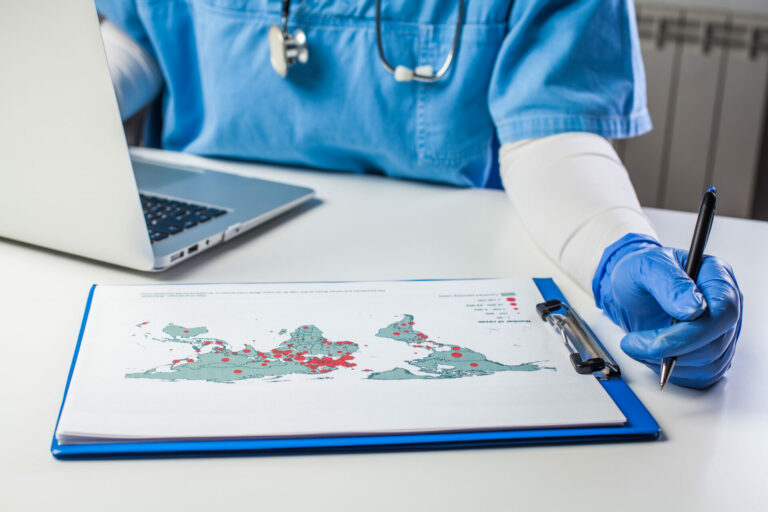
Applied Mathematics and Computational Sciences
Global look at sex differences in young people's mortality

Applied Mathematics and Computational Sciences



